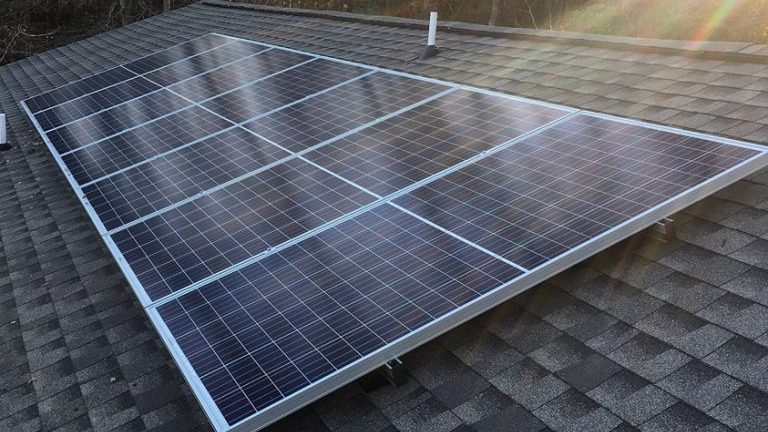I am investigating going with on-grid solar at my home, and have been discouraged by my local power company's policy of charging me a premium for the power I use from their system if I also have solar. They charge ~5.50/KW.
My understanding is that they can do this because I must gain approval to attach my solar system to their grid if I want to sell excess power back to them.
My question is, can I avoid their tax/penalty if I don't care about selling back to the grid? Is there a way to attach a solar power system to my home to supplement my power usage? What are the technical limitations that prevent me from doing this?
I understand that I could go with an off-grid solution with no penalty, but that would be a battery backup and would need to be manually switched or I would need to have it connected to whatever devices I want to use solar full-time.
Is there a non-penalty solution that allows me to use up to my capacity of solar power at any given time that would then switch to grid power when needed?
My understanding is that they can do this because I must gain approval to attach my solar system to their grid if I want to sell excess power back to them.
My question is, can I avoid their tax/penalty if I don't care about selling back to the grid? Is there a way to attach a solar power system to my home to supplement my power usage? What are the technical limitations that prevent me from doing this?
I understand that I could go with an off-grid solution with no penalty, but that would be a battery backup and would need to be manually switched or I would need to have it connected to whatever devices I want to use solar full-time.
Is there a non-penalty solution that allows me to use up to my capacity of solar power at any given time that would then switch to grid power when needed?




